SNLS623 September 2018 DSLVDS1047
PRODUCTION DATA.
- 1 Features
- 2 Applications
- 3 Description
- 4 Revision History
- 5 Pin Configuration and Functions
- 6 Specifications
- 7 Parameter Measurement Information
- 8 Detailed Description
- 9 Application and Implementation
- 10Power Supply Recommendations
- 11Layout
- 12Device and Documentation Support
- 13Mechanical, Packaging, and Orderable Information
Package Options
Mechanical Data (Package|Pins)
- PW|16
Thermal pad, mechanical data (Package|Pins)
Orderable Information
6.7 Typical Characteristics
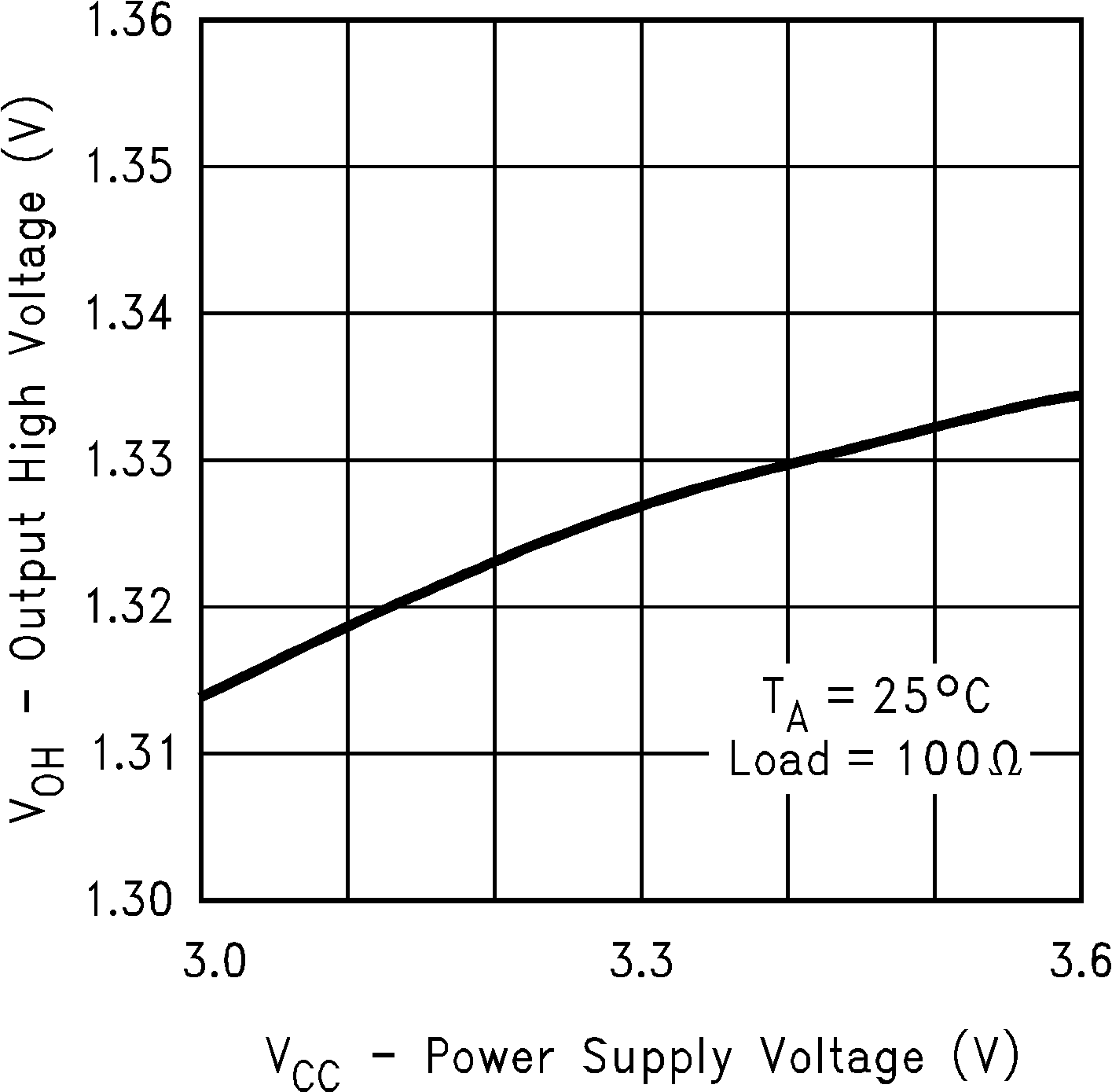 Figure 1. Output High Voltage vs Power Supply Voltage
Figure 1. Output High Voltage vs Power Supply Voltage 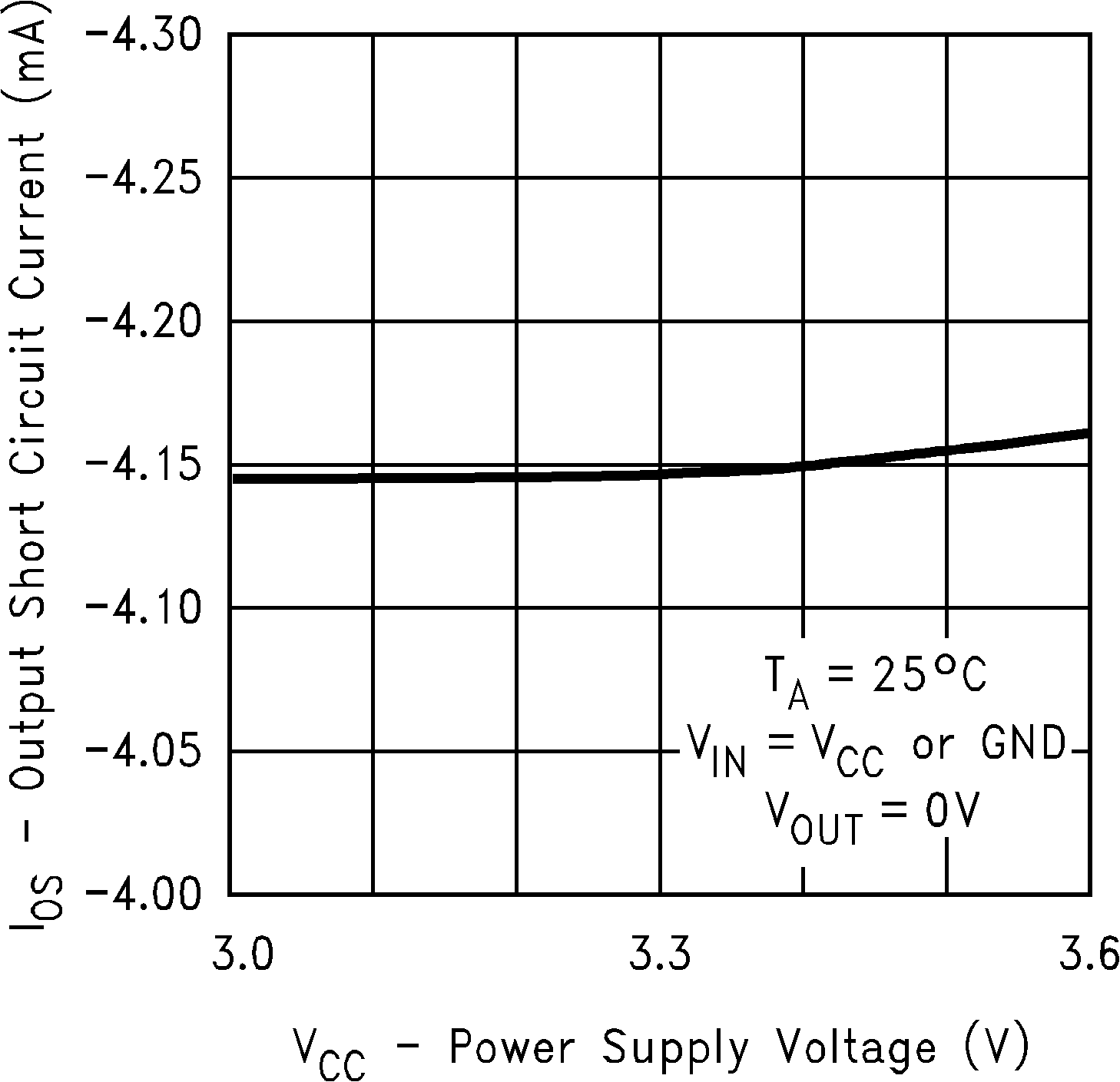 Figure 3. Output Short Circuit Current vs
Figure 3. Output Short Circuit Current vs
Power Supply Voltage
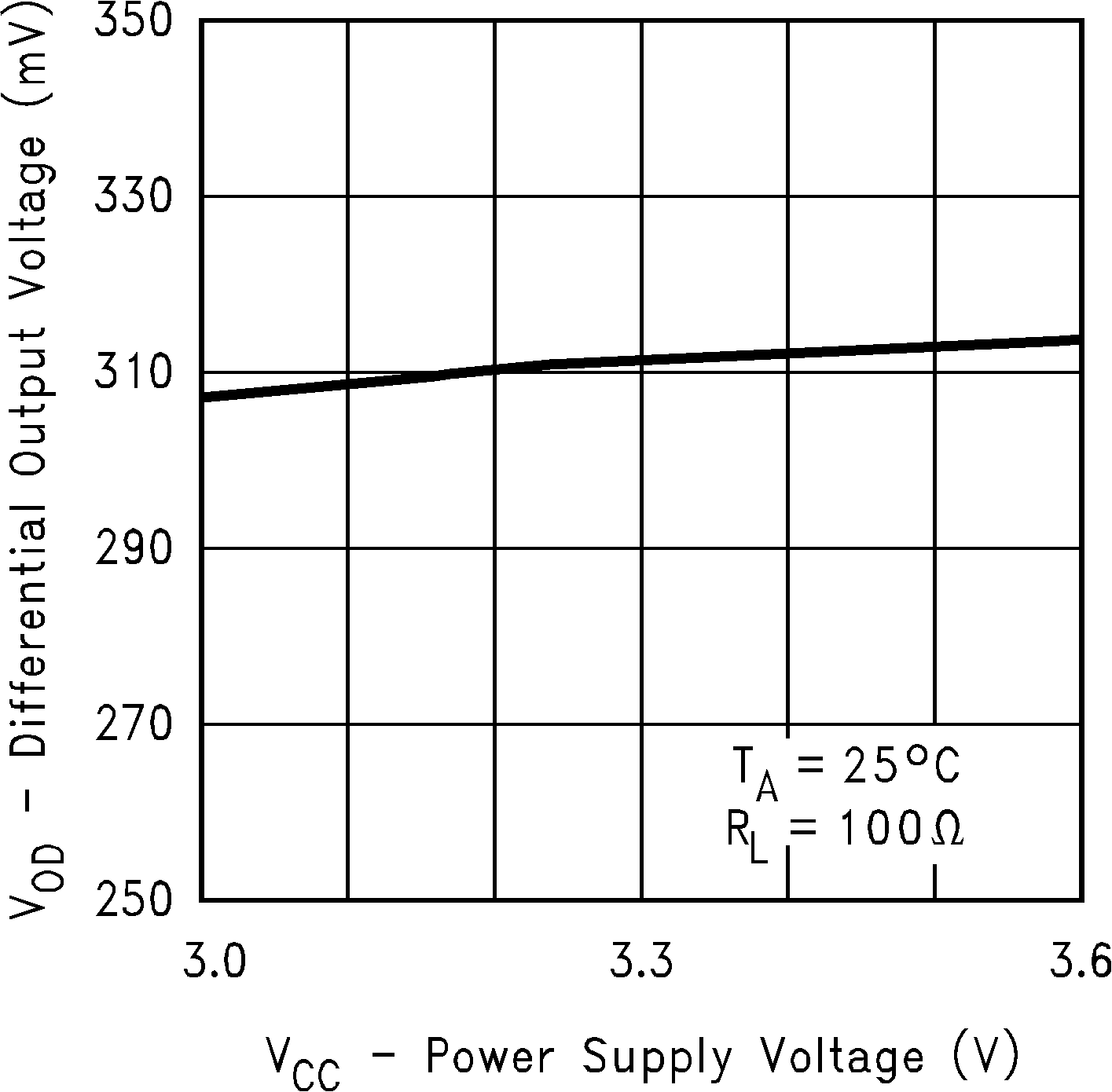 Figure 5. Differential Output Voltage vs
Figure 5. Differential Output Voltage vs
Power Supply Voltage
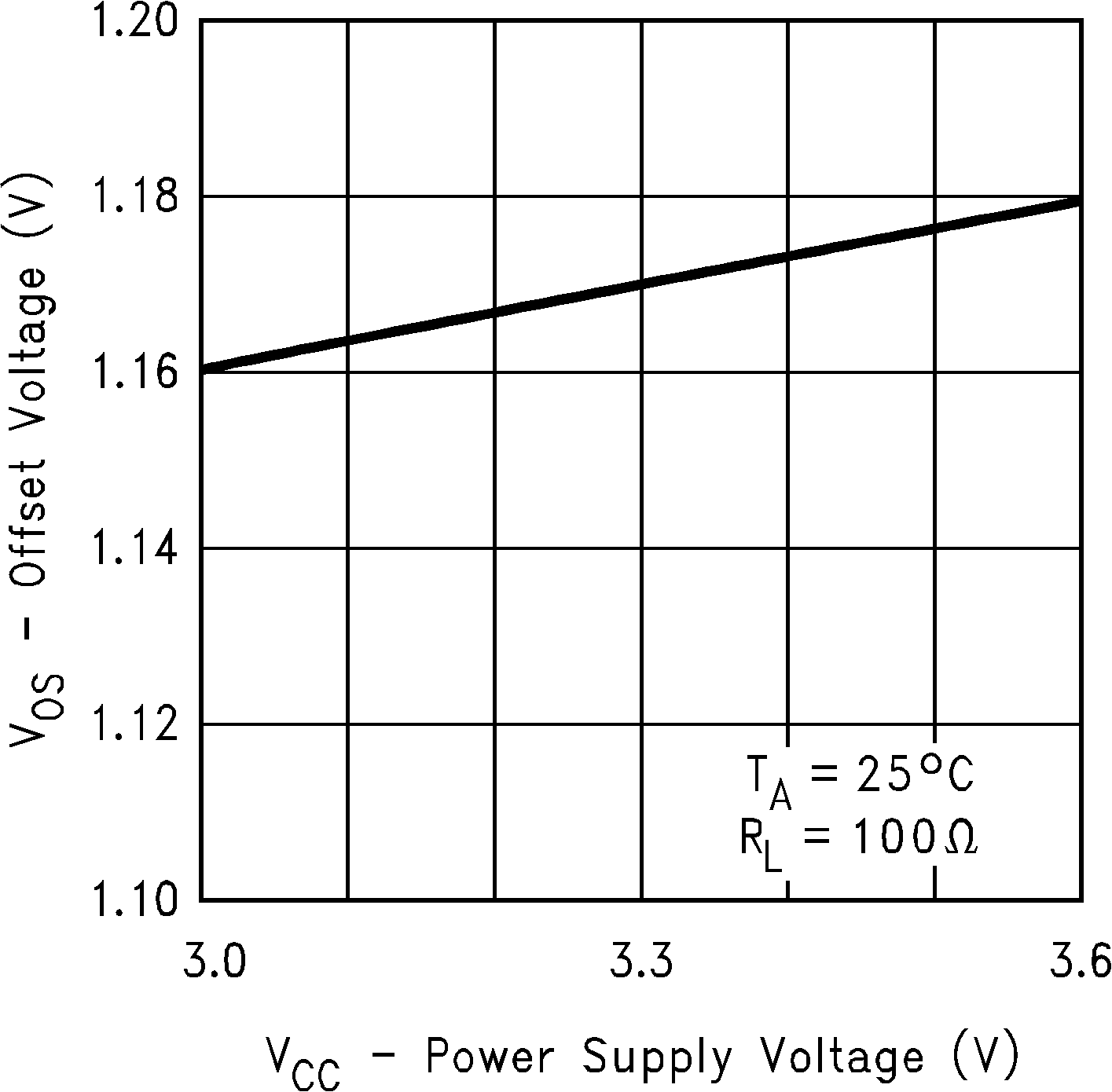 Figure 7. Offset Voltage vs Power Supply Voltage
Figure 7. Offset Voltage vs Power Supply Voltage 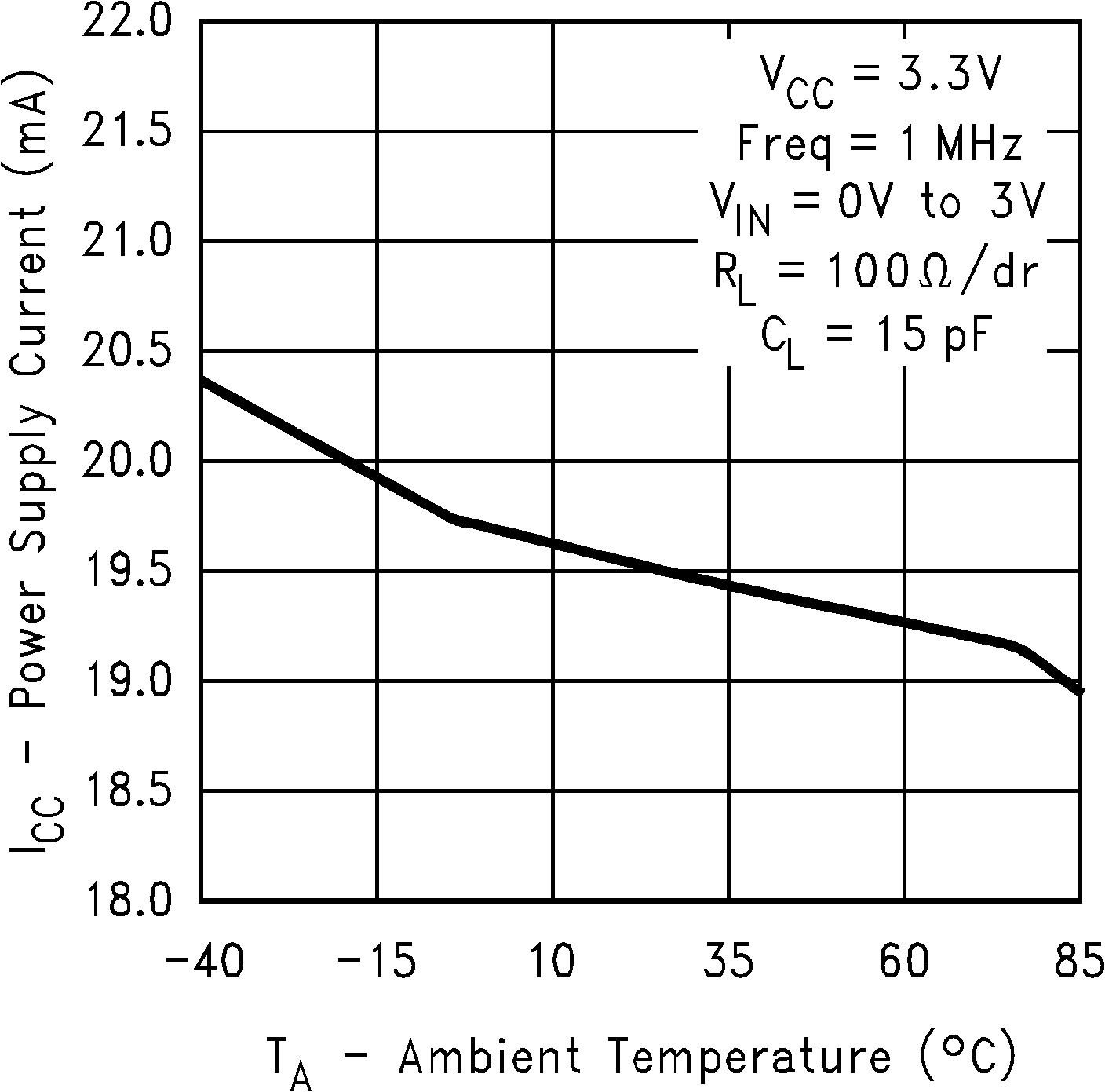 Figure 9. Power Supply Current vs Ambient Temperature
Figure 9. Power Supply Current vs Ambient Temperature 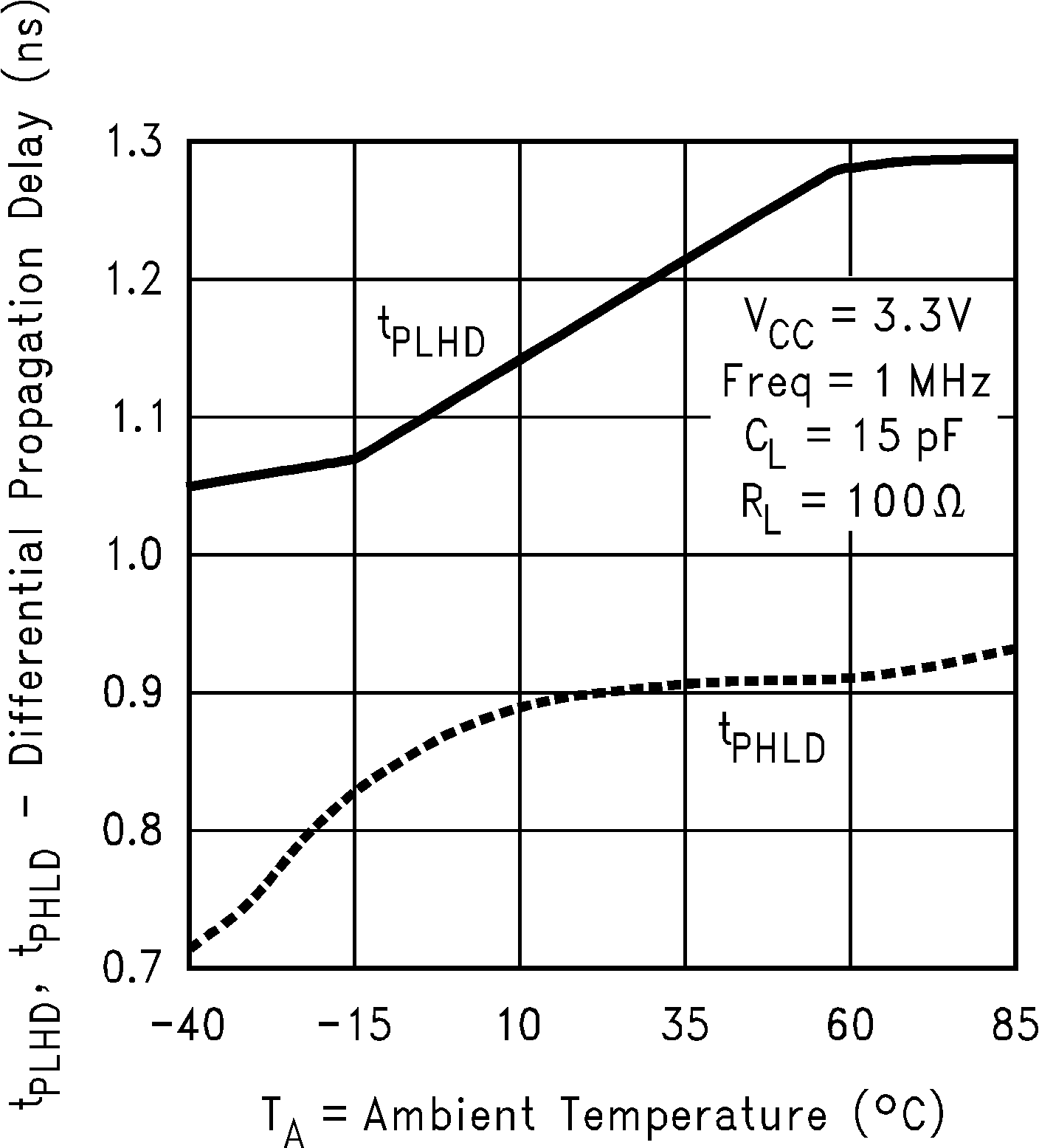 Figure 11. Differential Propagation Delay vs
Figure 11. Differential Propagation Delay vs
Ambient Temperature
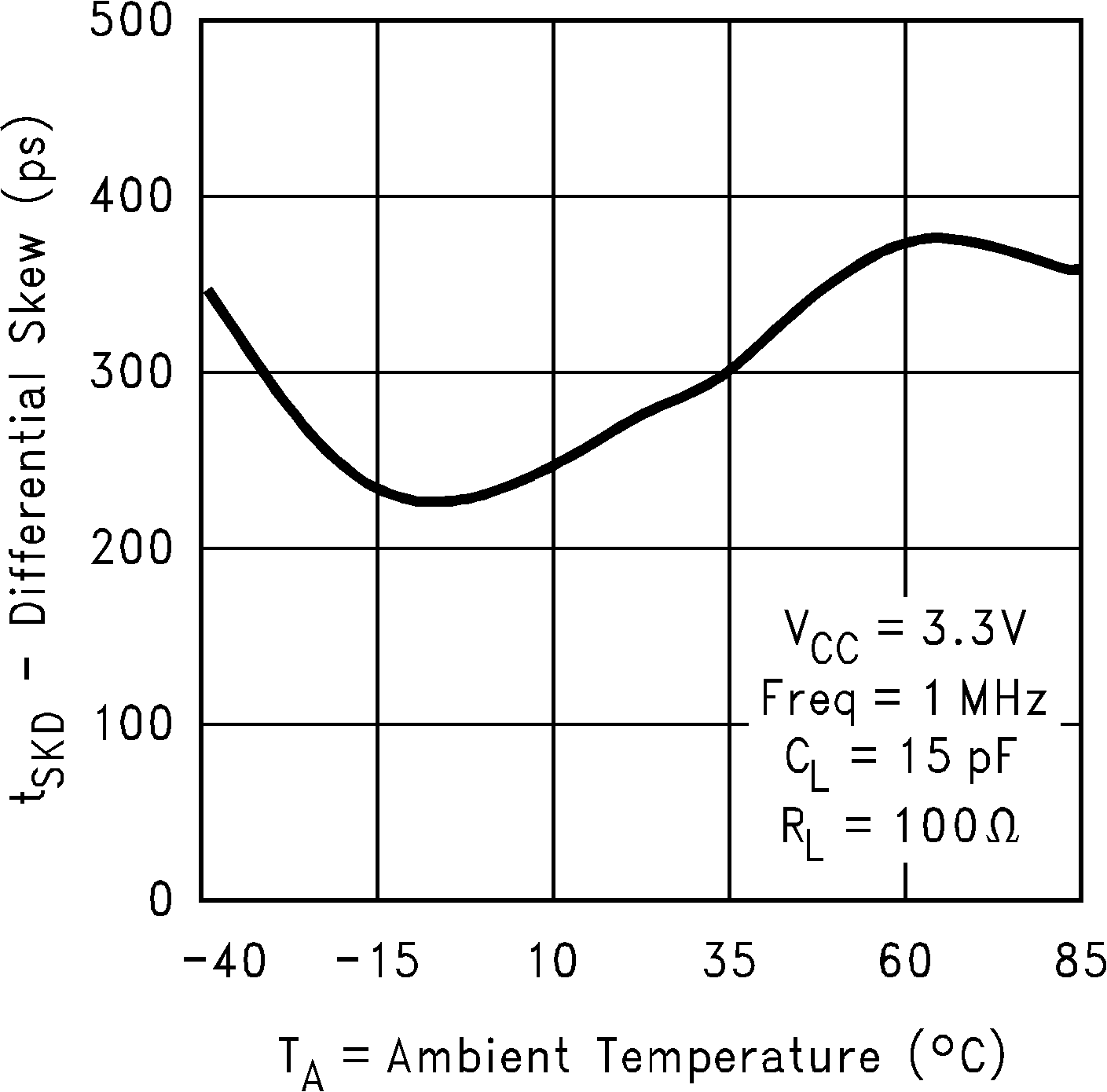 Figure 13. Differential Skew vs Ambient Temperature
Figure 13. Differential Skew vs Ambient Temperature 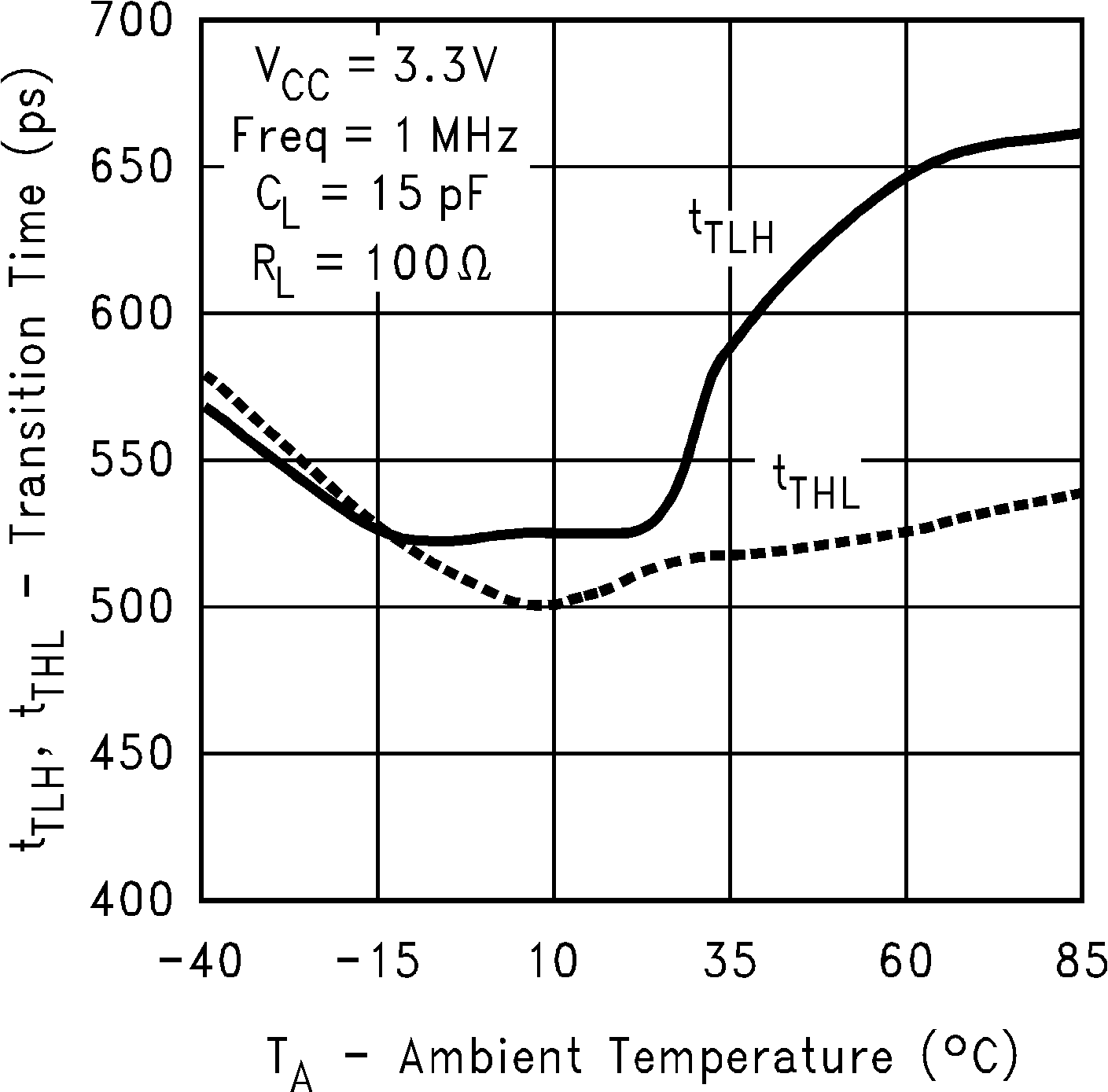 Figure 15. Transition Time vs Ambient Temperature
Figure 15. Transition Time vs Ambient Temperature 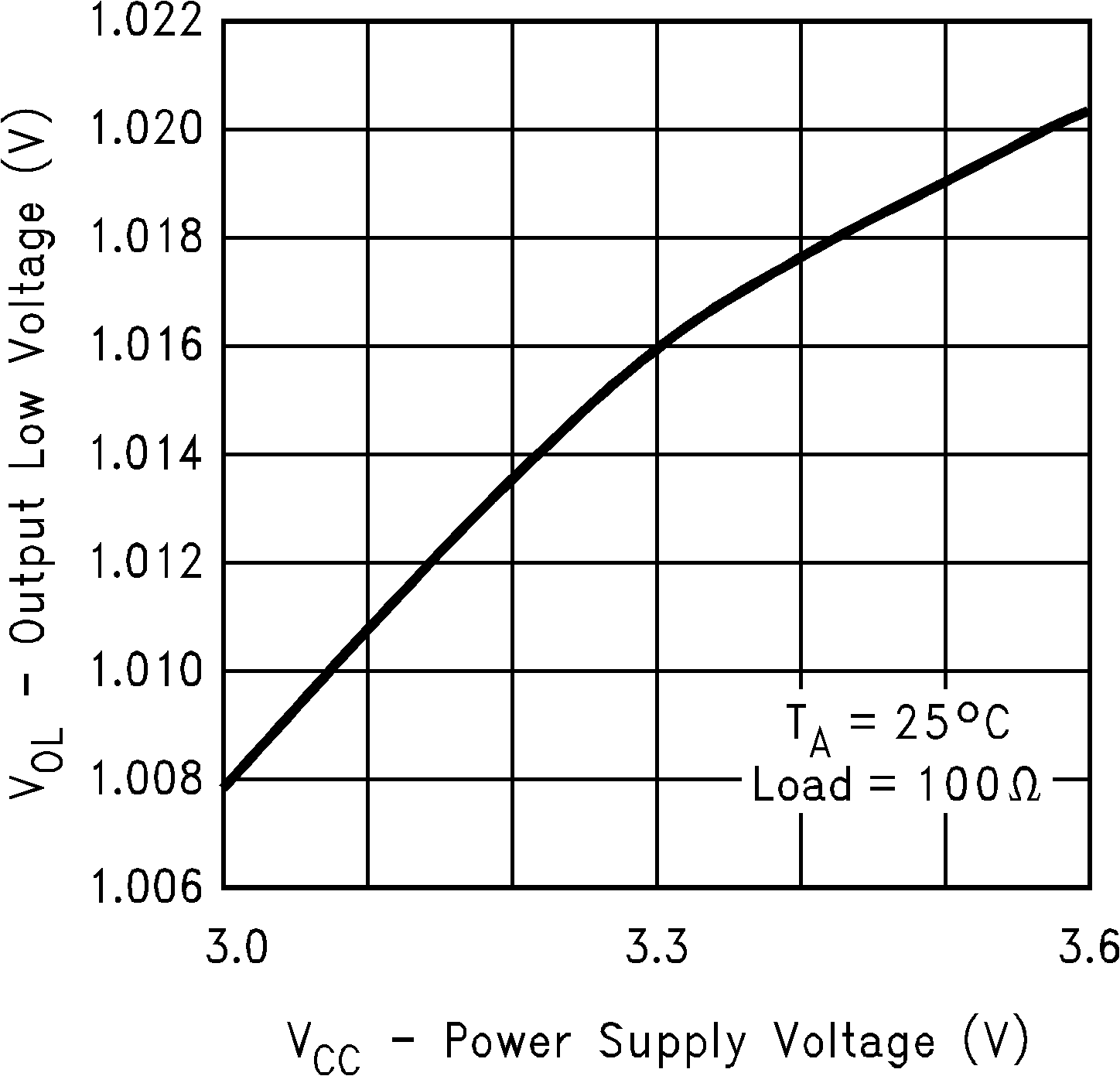 Figure 2. Output Low Voltage vs Power Supply Voltage
Figure 2. Output Low Voltage vs Power Supply Voltage 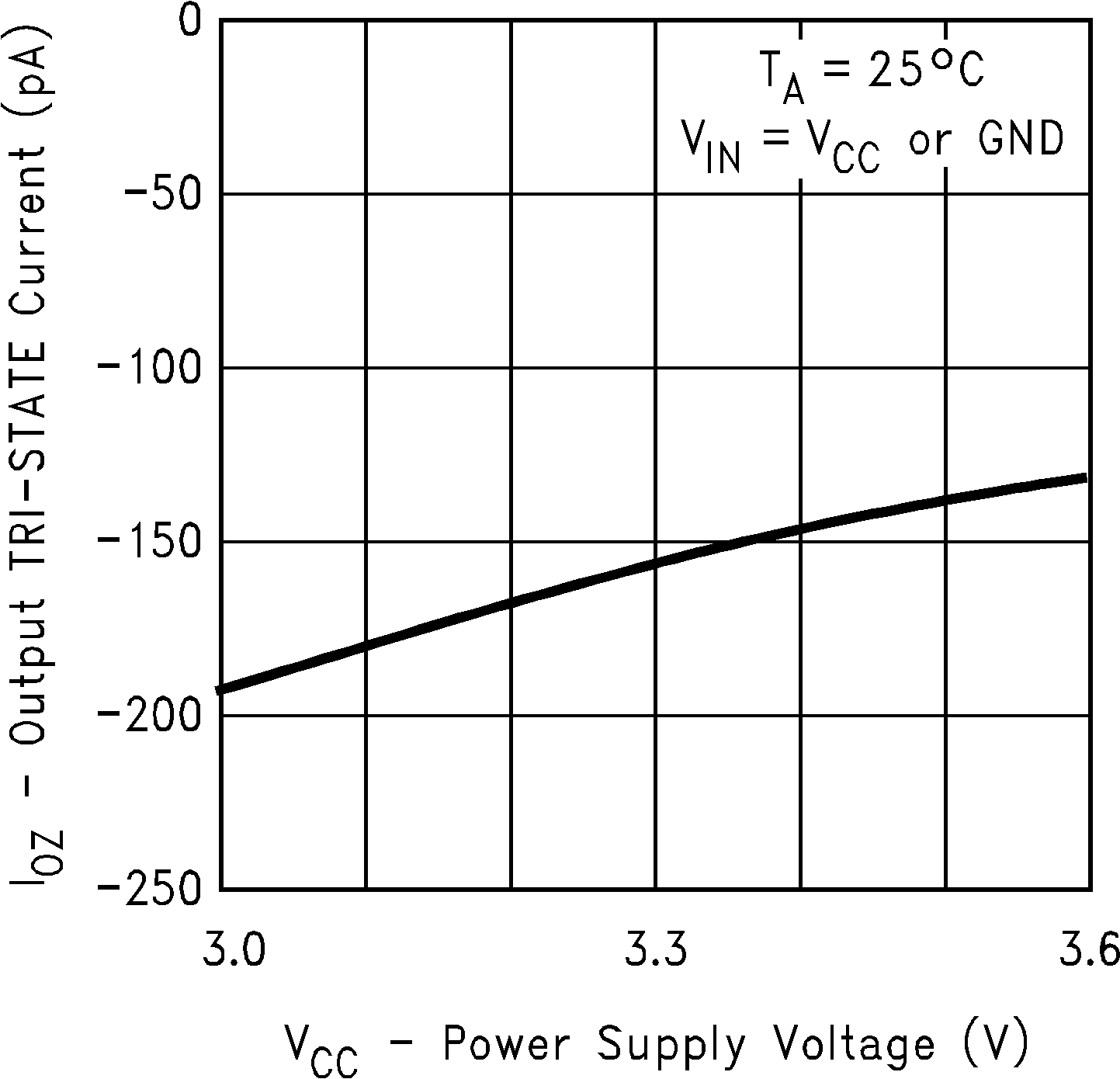 Figure 4. Output TRI-STATE Current vs
Figure 4. Output TRI-STATE Current vs
Power Supply Voltage
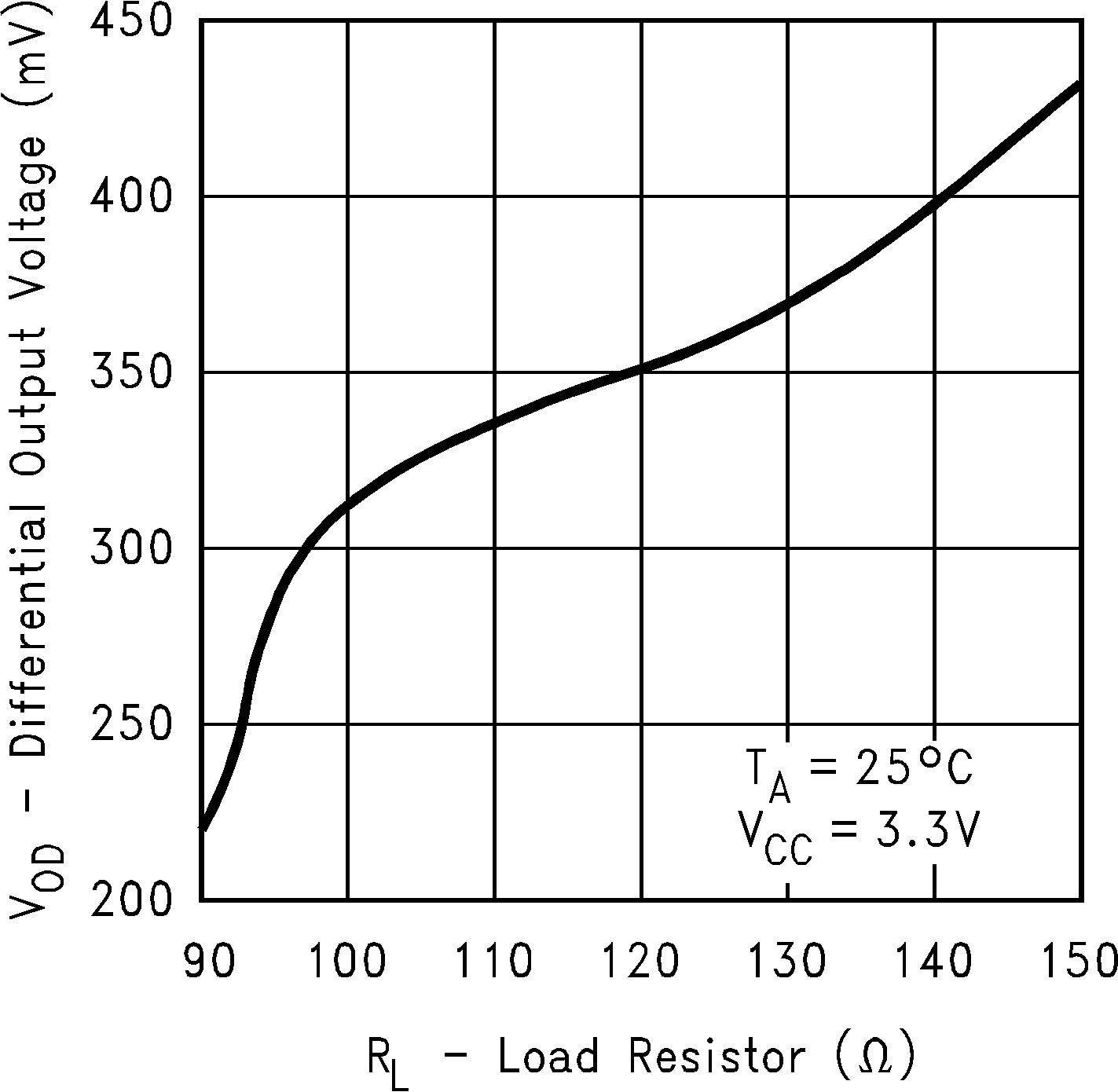 Figure 6. Differential Output Voltage vs Load Resistor
Figure 6. Differential Output Voltage vs Load Resistor 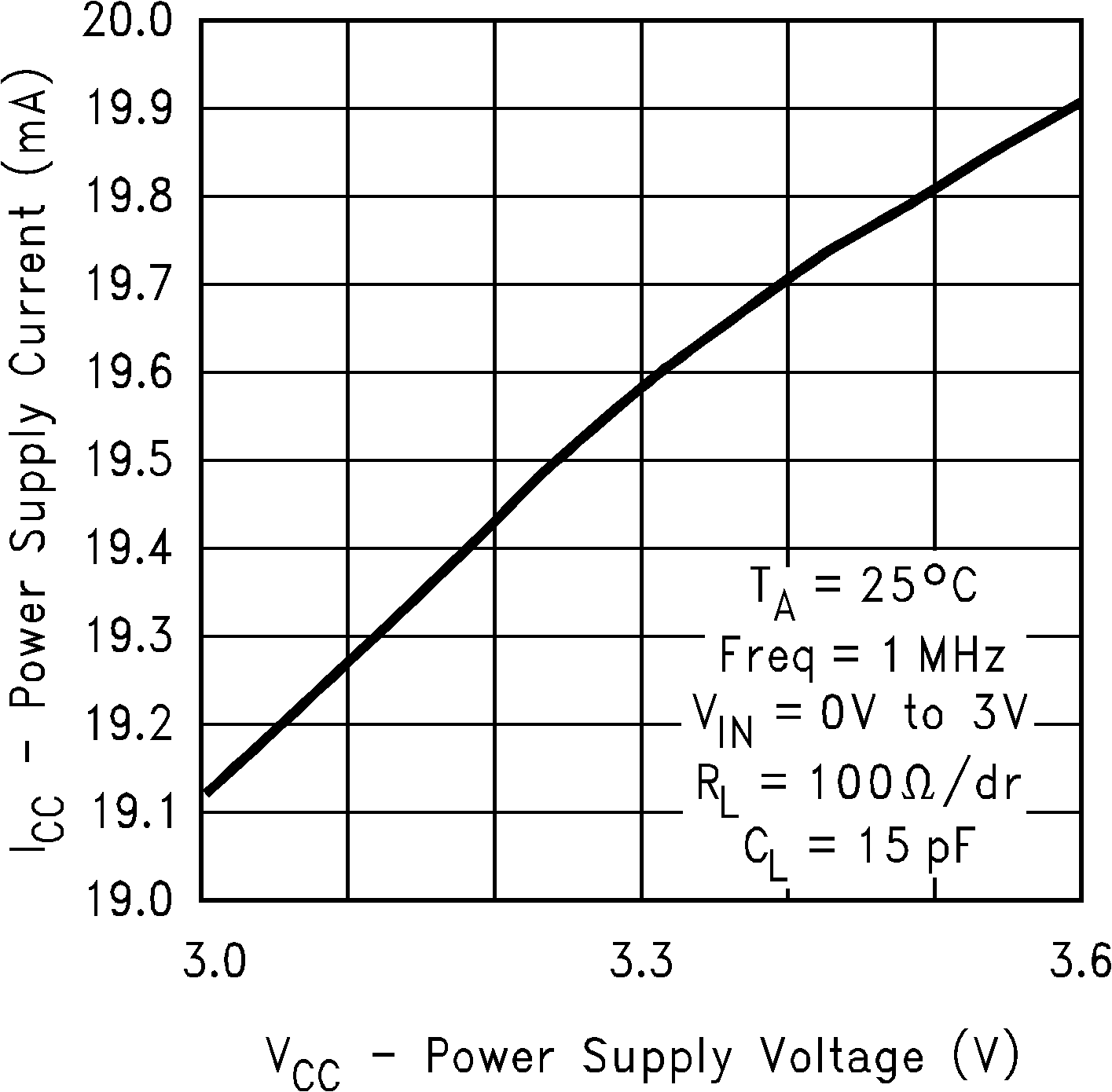 Figure 8. Power Supply Current vs Power Supply Voltage
Figure 8. Power Supply Current vs Power Supply Voltage 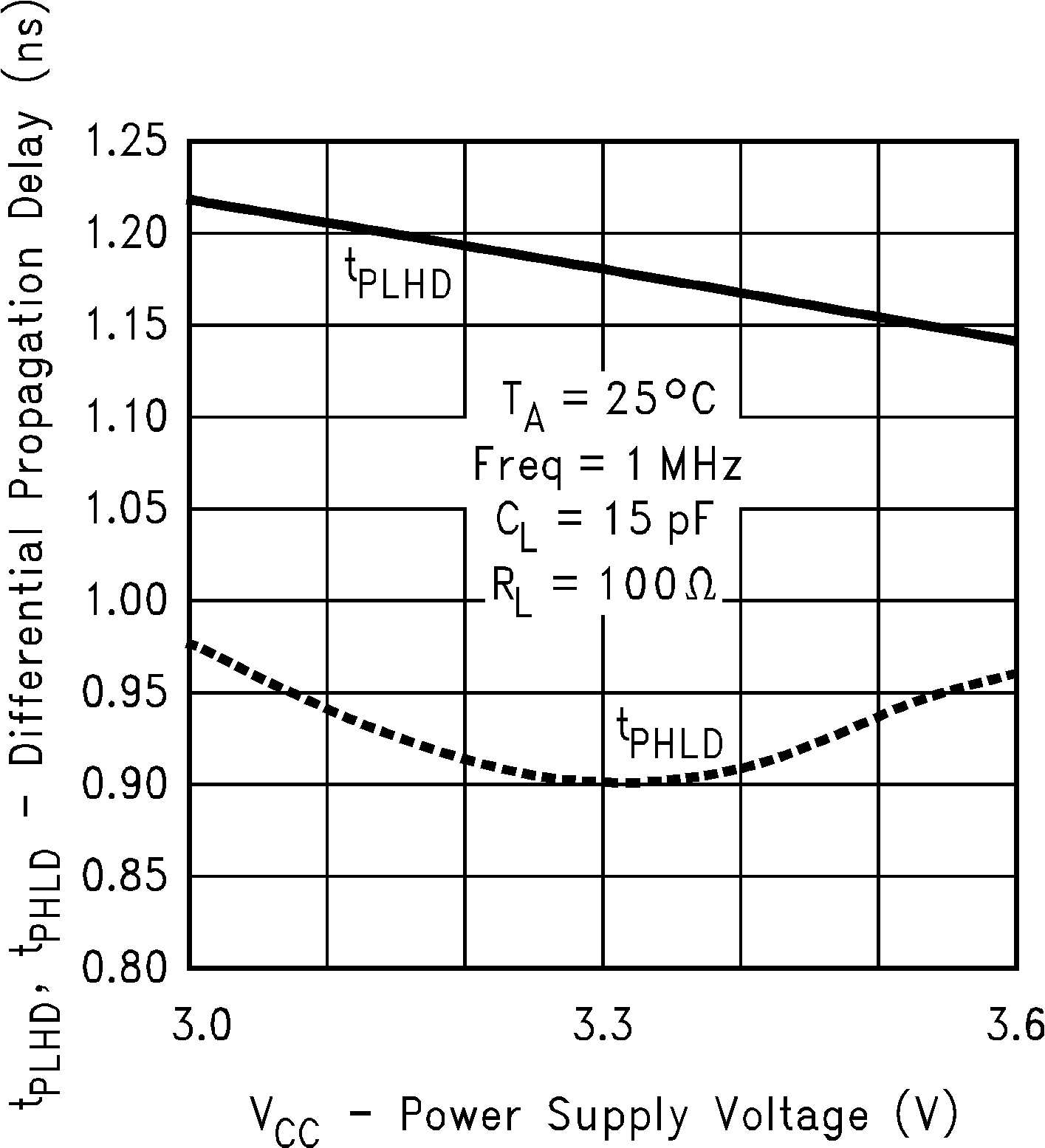 Figure 10. Differential Propagation Delay vs
Figure 10. Differential Propagation Delay vs
Power Supply Voltage
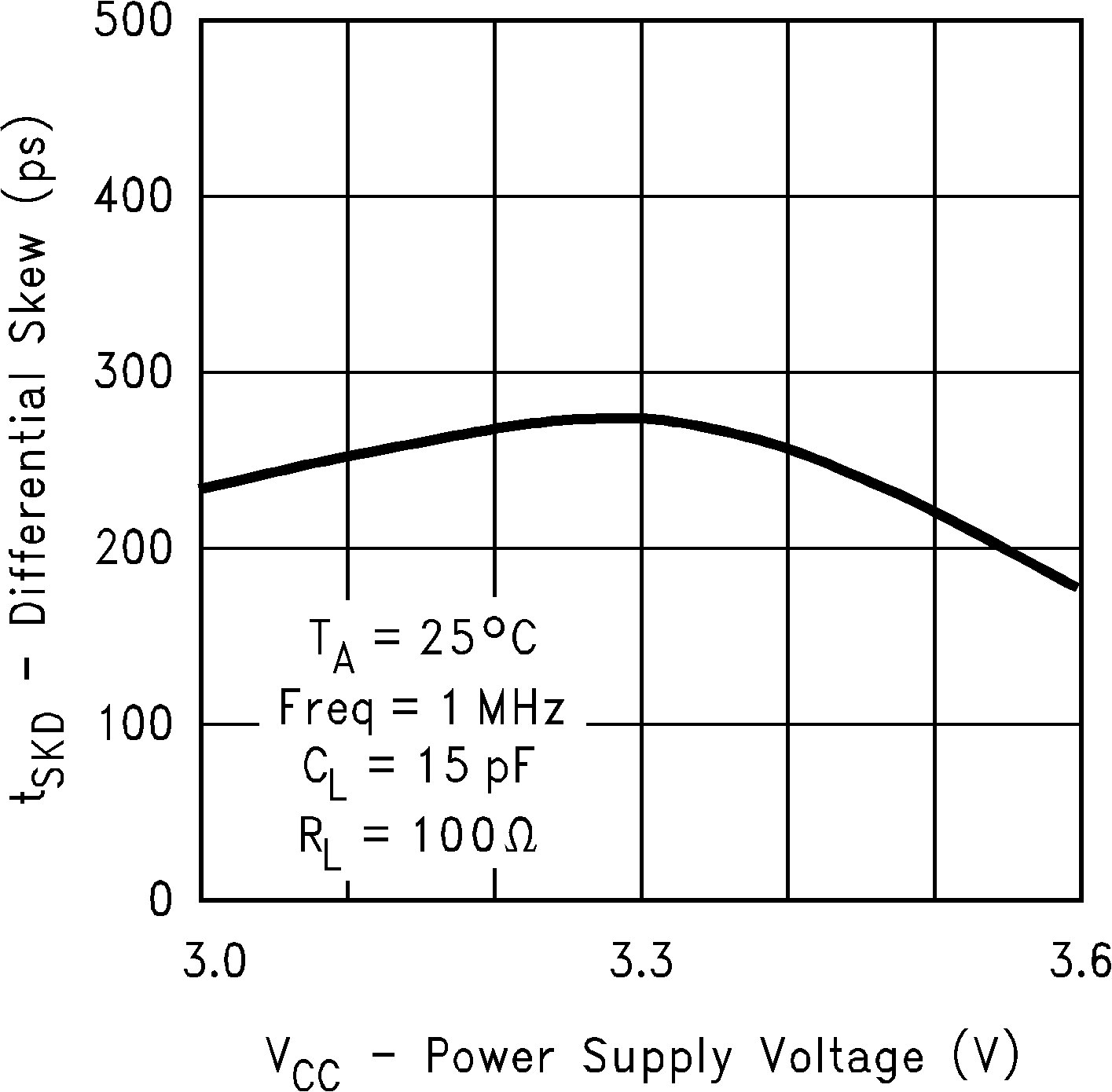 Figure 12. Differential Skew vs Power Supply Voltage
Figure 12. Differential Skew vs Power Supply Voltage 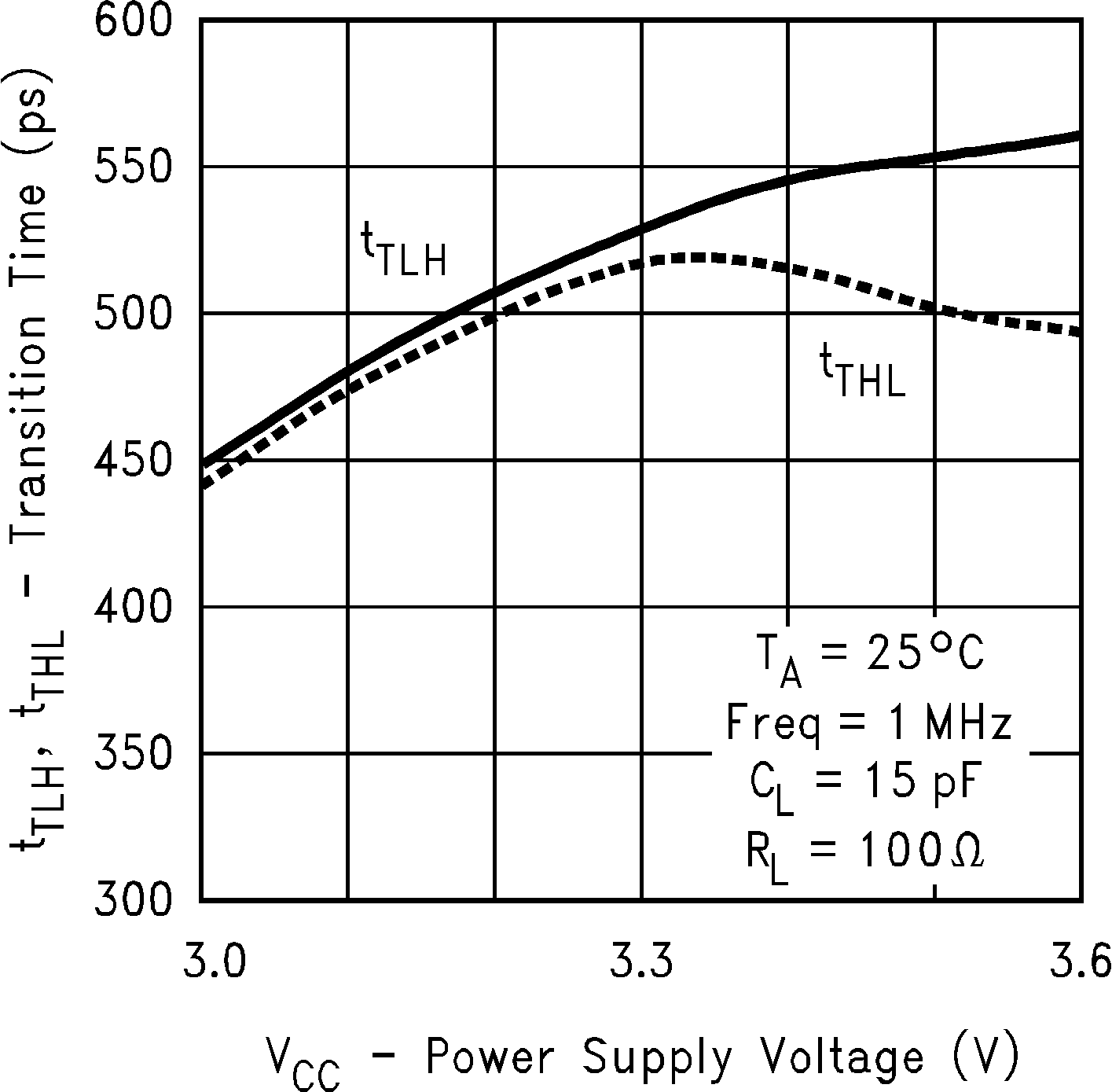 Figure 14. Transition Time vs Power Supply Voltage
Figure 14. Transition Time vs Power Supply Voltage 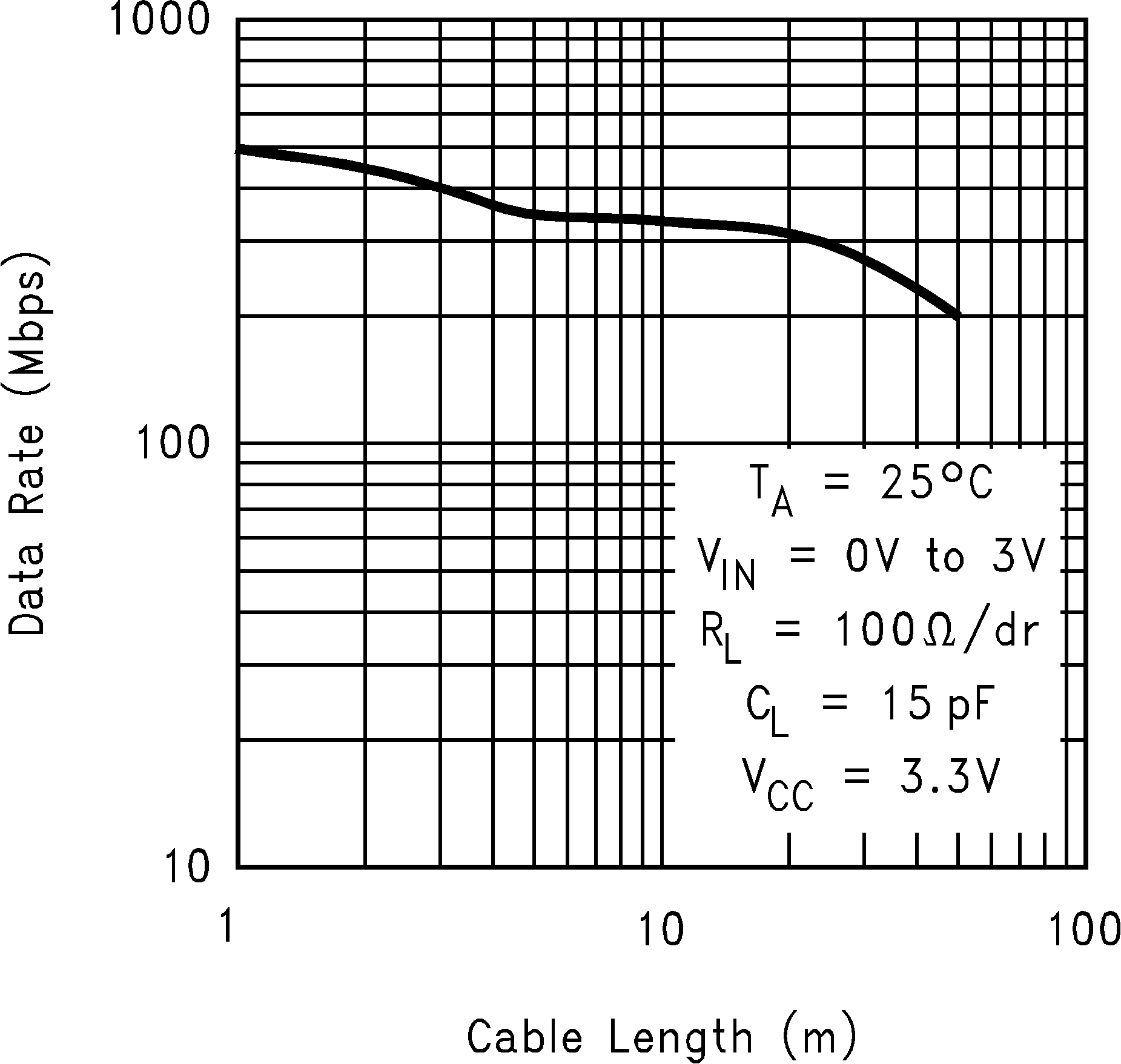 Figure 16. Data Rate vs Cable Length
Figure 16. Data Rate vs Cable Length